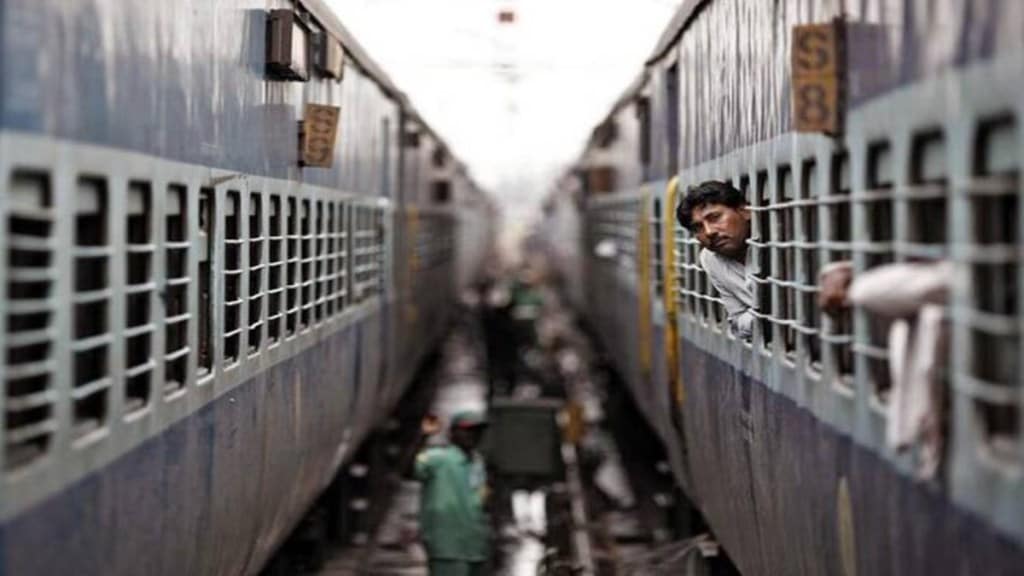The likely increase in the passenger fares will have a marginal or no effect on the financial health of the Indian Railways. Experts said that below 1% increase in fares after a gap of five years will not be sufficient to compensate for around 2-3% annual increase in the input costs on the passenger side.
“Indian railways has long operated with a significant gap between cost and recovery in the passenger services. Though the likely increase in passenger fares will correct distortions and marginally reduce cross-subsidisation from freight earnings, it will not be sufficient to fill the gap between the costs and revenues on the passenger side,” said a former railways official.
Historically, the railways has used operational surplus on the freight side to cross-subsidise losses on the passenger segment. In April this year, the railways ministry said that it’s providing concessions of 46% to every passenger on an average. The continued losses on the passenger segment has been affecting the operating ratio of railways over the years. In FY25, the railways showed an operating ratio of 98.9%.
While the official sources told FE that there’s no official announcement on the fare hikes, the ministry is likely to introduce new fares in a few days. As per the reports, the railways is increasing the fares from July 1 across different segments. For AC class, there might be an increase of two paisa per km, one paisa per km for the non-AC (mail/express), and half paisa for second AC class for a distance of over 500 km.
It’s expected that in FY26, the railways could garner Rs 920 crore of extra revenues on account of higher fares, but these would be less than 1% of the passenger revenues projected – Rs 92,800 crore – for the next financial year, as per the last union budget. “Even though this will be a pro-poor, and growth-oriented revision, the impact on the overall finances is expected to be minimal,” said a railways analyst at a brokerage firm.
However, some experts said that the revision could likely improve the passenger operations. “The additional revenue can help railways modernise services, improve safety, punctuality, and hygiene, and sustain investments in new-age rolling stock and stations. For the general public, the incremental increase is negligible, that is just Rs 1 more on a 100 km mail express non-AC trip,” said Lalit Chandra Trivedi, former general manager, East Central Railway.
In the recent years, the railways has taken a calibrated approach to optimise its revenues through a series of measures such as eliminating multiple concessions, increasing the share of upper-class coaches, and introducing premium fares for services like Tatkal, Vande Bharat, and Tejas trains.

